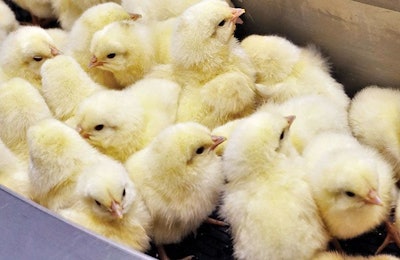
When the technology to inject eggs during incubation with nutrients became feasible and practical, there was tremendous enthusiasm. Providing developing embryos with extra nutrients or specific functional ingredients (aka additives) seemed like a brilliant idea. In fact, everything was tested and it is still going on, albeit with somewhat diminished rate. Chicks responded with an equally unpredictable degree of enthusiasm regarding their post-hatch performance.
To be clear, in-ovo intervention remains a promising idea, but it appears it is losing ground because we have failed to make any big breakthrough. Perhaps it is the case of “large expectations, big disappointments” or perhaps because the costs involved outweigh any achieved benefits. In fact, during the most recent European Symposium on Poultry Nutrition (ESPN) in Poland in June, there were only fleeting references to this technology. The most memorable was the failure of injecting betaine to make broilers more heat resistant.
As it appears, the future of in-ovo feeding is questionable. This does not mean the technology is to be rejected. In fact, at the previous ESPN event, it was demonstrated that in-ovo interventions could strengthen the resistance of birds to heat stress. This was a research project from Israel, and as it happened this year, there was also a report from Israel that focused on the understanding of the interface between egg yolk nutrition to intestinal nutrition. I believe the Israelis are onto something because in my opinion this interface, or transitional phase, might be the key to successful in-ovo feeding.
I believe we need more work before we can make in-ovo a common practice, but that requires heavy funding – something that is not easily secured in modern times.

















